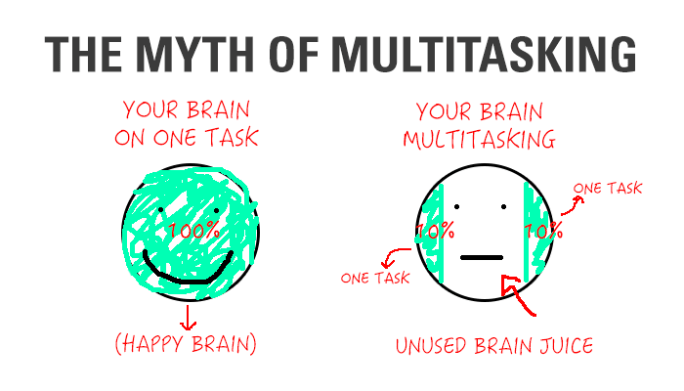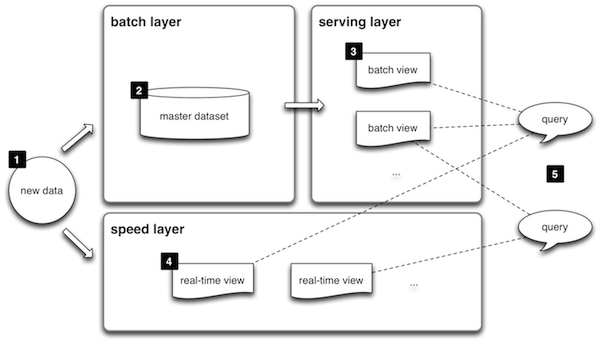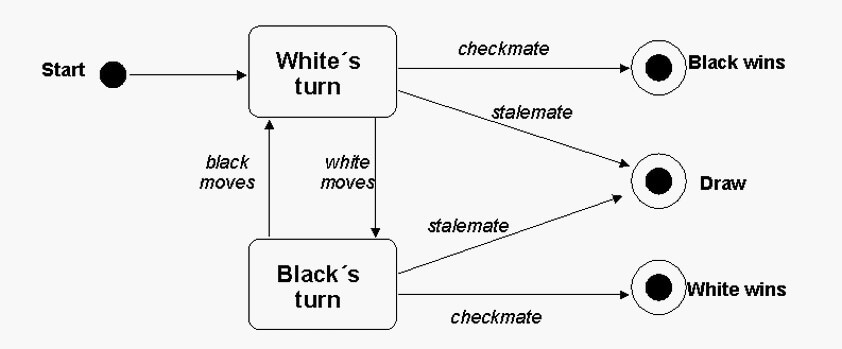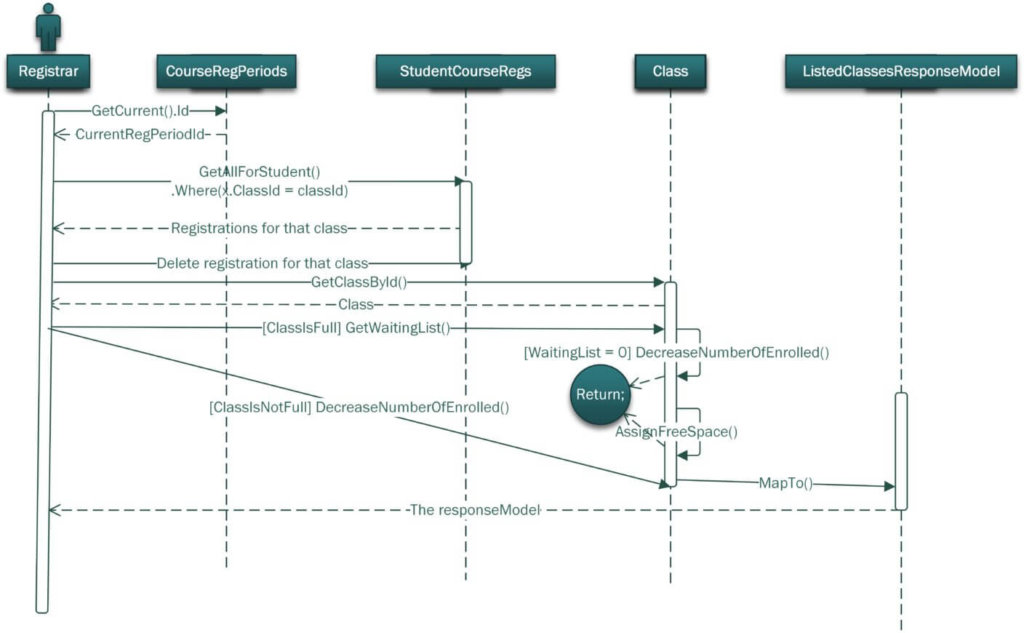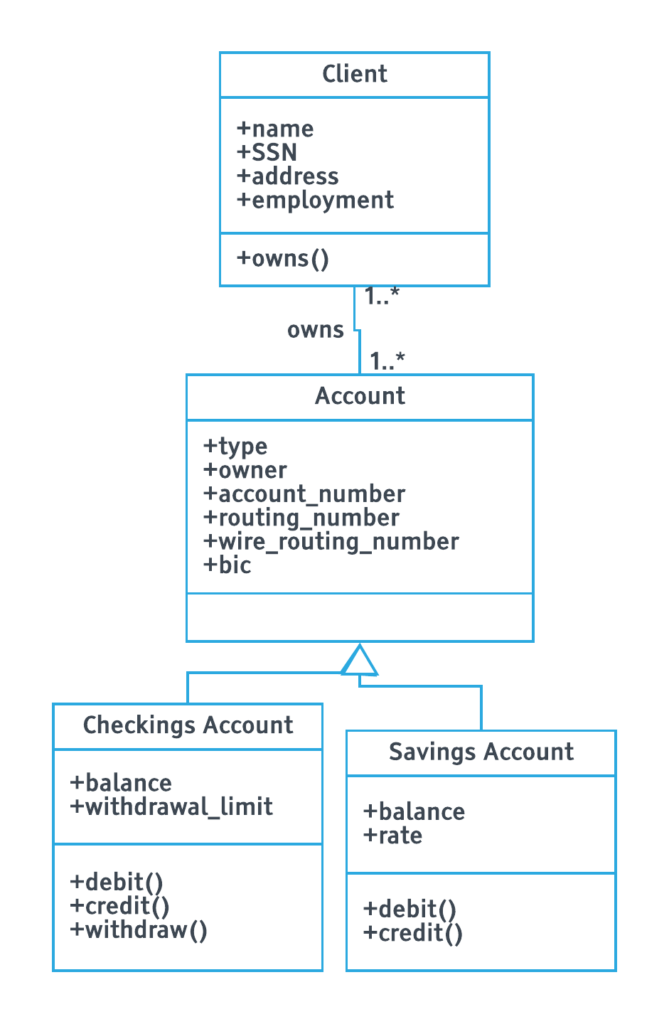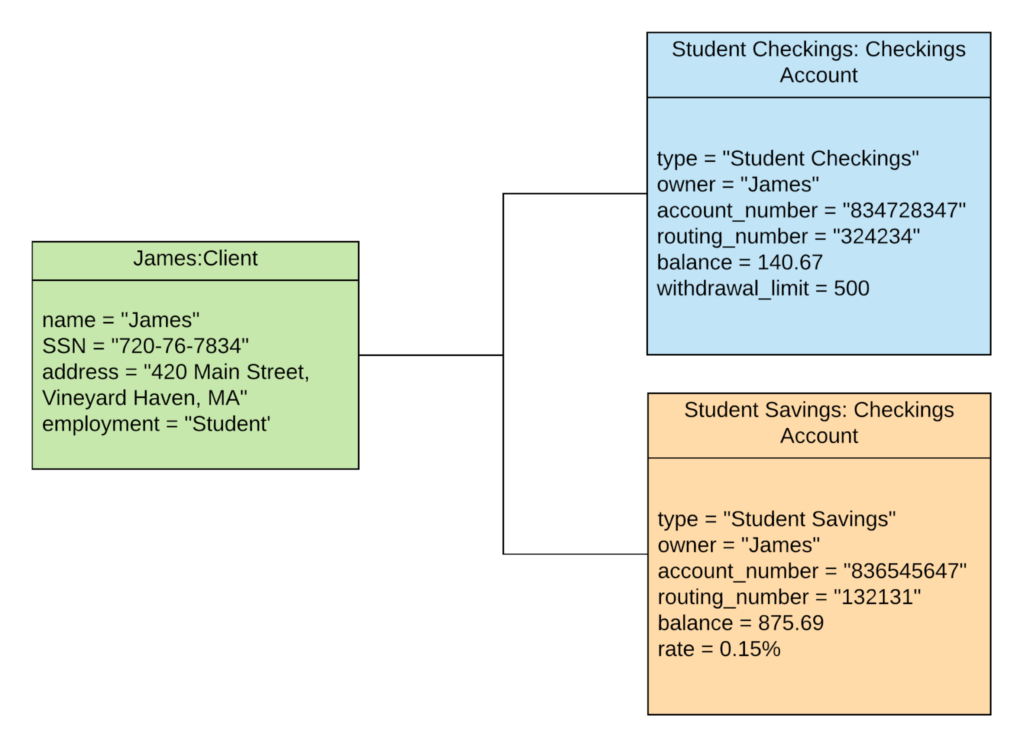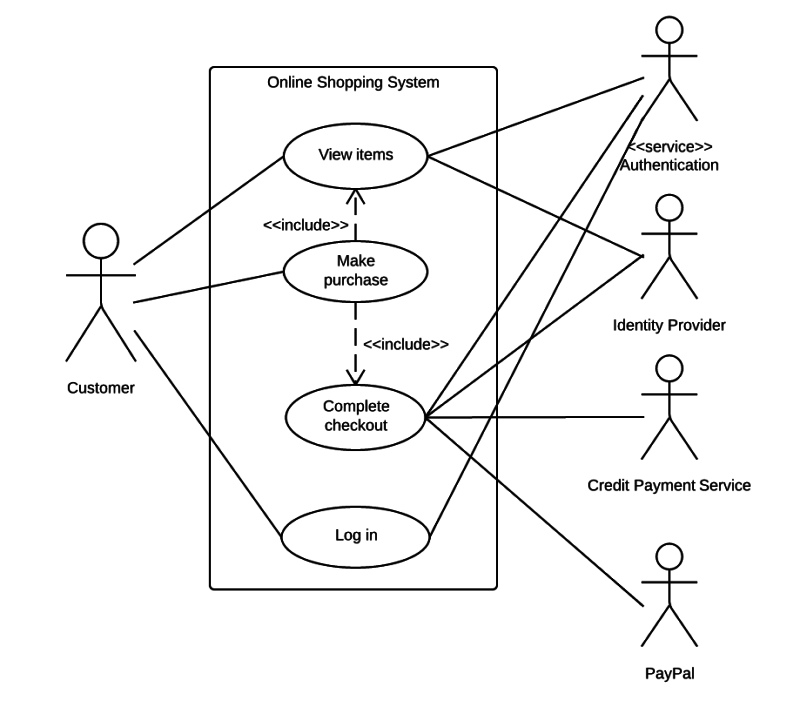--Originally published at Hackerman's house
If you have read my blog up until now, you should know the basics about software design, and specifically about the use of UML in this area. Let’s see how to take advantage of all the analysis and design we have done. The class design that we already know how to do can be converted into code that will be the actual implementation of the system.
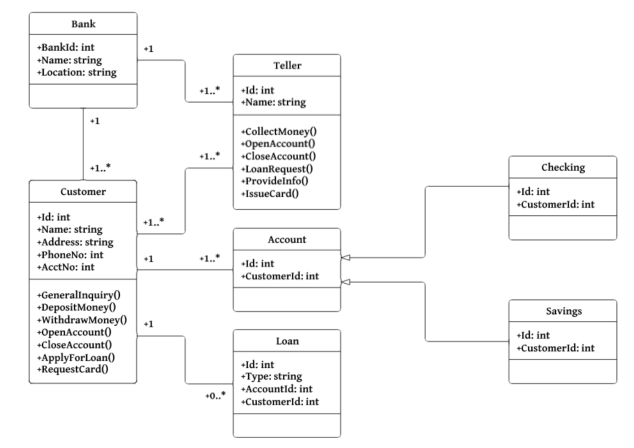
The quality of the diagrams used has a direct implication on how to translate it into code. Diagram classes are object oriented, so it may be convenient for you to convert these diagrams into a object oriented language; this will allow you to keep the identity and functionality of the system you design; if you consider that using a non-object oriented language is more appropriate in your own case feel free to do so.
It is important for you to have a profound understanding of your system and your diagrams before starting to code. You will be able to see that the class diagrams offer you a lot of information to that you can take advantage of; the first example is the attributes you will need to initialize in your code. The method’s name gives you a basic understanding of what you have to program. Even the inheritance is specified within the diagrams, all you have to do is implement all the design you already have. Just take your time and select a language you are familiarized with.

As we can see, the hard part is already done when the analysis and design is finished. The implementation is just a translation of what we already know about the system.

